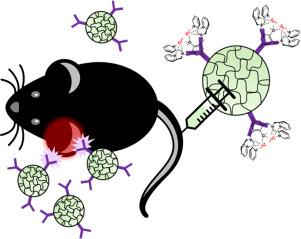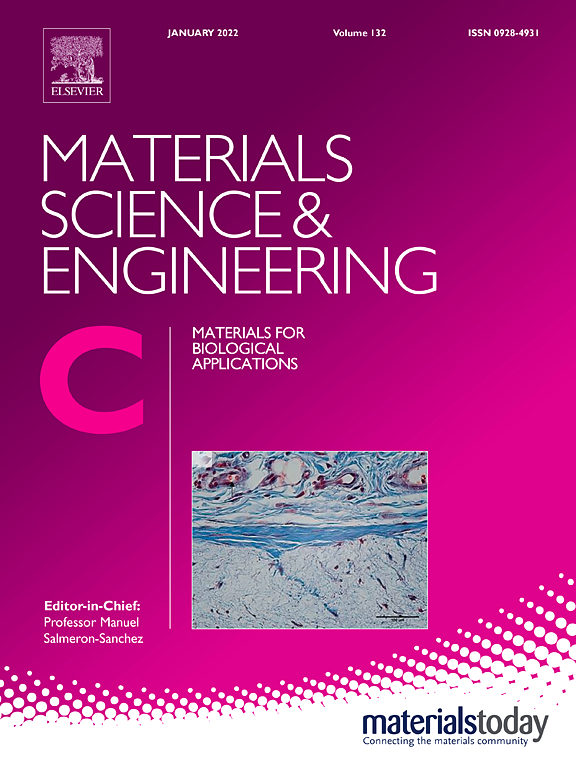Effective and prolonged targeting of a nanocarrier to the inflammation site by functionalization with ZnBPMP and chitosan
Abstract
Efficient and selective targeting of inflamed tissues/organs is critical for diagnosis and therapy. Although nanomaterials themselves have an intrinsic advantage due to their size for targeting inflammation sites, additional functionalization of the nanomaterials with proper targeting moieties is desired to enhance the targeting efficiency. In this study, we aimed to improve the inflammation targeting characteristics of a pluronic-based nanocarrier, which has advantages as a nanosized delivery cargo for diverse molecules, by conjugating with chitosan and ZnBPMP (two Zn(II) ions chelated 2,6-bis[(bis(2-pyridylmethyl)amino)-methyl]-4-methylphenol) moiety. Specific and significant cellular uptake and interaction between the nanocarrier functionalized with ZnBPMP ligand and chitosan to an apoptosis-induced immune cell line were observed in vitro. An inflammation model in the mouse ear caused by skin hypersensitivity was used to evaluate the effect of functionalization with chitosan and ZnBPMP moiety by comparing with various control groups. Functionalization of the nanocarrier with chitosan greatly enhanced the in vivo circulation time of the nanocarrier, so prolonged targeting ability of the nanocarrier to the inflamed ear was achieved. Additional ZnBPMP functionalization to chitosan-functionalized nanocarrier also resulted in significantly improved initial targeting and further enhancement in the targeting until 5 days to the inflamed ear and the decreased non-specific accumulation of the nanocarrier to the remaining body. Thus, developed nanocarrier has a high potential as a drug delivery carrier as well as a diagnostic agent to the inflammation sites.


 求助内容:
求助内容: 应助结果提醒方式:
应助结果提醒方式:


